By: Gautam Sharma (international correspondent)
PORTUGAL – Every single measure and statistic relating to the Chiron is so absurd that the numerals in themselves make interesting reading. One thousand one hundred kilowatts, 1 600 N.m of torque, 0-200 km/h in 6,5 sec, 420 km/h top speed (electronically limited for safety!), 16 cylinders, four turbochargers, 50 ECUs… and even that’s barely scratching the surface.
More than numbers
But focusing on digits would be cutting the Chiron – a bewildering showcase of cutting-edge design and engineering – a dud deal. When you consider that most other cars that one would think of as eye-wateringly rapid – such as the Lamborghini Aventador S, Ferrari 812 and McLaren 720S – make do with roughly half the power and torque of the Chiron, you begin to get some idea of how completely OTT it is.
A single glance at the accompanying images is sufficient to glean the Chiron has a lot more visual ‘beast’ about it than the rounded-off Veyron. The eight-eyed face is substantially angrier, while the huge carbon-fibre side panel that extends from the A-pillar to the rear of the car has a crisp and pronounced shoulder line that adds muscularity.
Wider than Veyron
The Chiron is 40 mm wider than the Veyron and its stance is made even beefier than its predecessor by an enlarged footprint (it wears 285/30 R20 boots at the front and 355/25 R21s at the rear). Another element that adds to the impression of width is the 1,6 m long single-beam taillight, which comprises 82 super-red LEDs that combine to appear like a single continuous beam of light.
Aero optimised
The lightweight titanium exhaust system has six outlets, four of which exit aft, with the other two pointing downwards and blowing over the diffuser to maximise aerodynamic downforce. The Chiron’s relatively flat underfloor incorporates strakes to further optimise airflow, and there are NACA ducts and additional intakes to cool the powertrain and 400 mm carbon-ceramic rear brakes (front items are 420 mm).
Cosy inside
Glaring menacingly at me the Chiron looks impossibly low and wide, and its visual drama holds much promise for the upcoming drive I’m about to embark on, comprising freeway and Portuguese backroads. Clambering in and out of the car is a slightly awkward but once inside, there’s ample headroom and a great feeling of spaciousness.
The layout of the cabin is symmetric, with driver and passenger ensconced within their own compartment – a design element inspired by the iconic Bugatti Type 57SC Atlantic. A curved, illuminated C-bar – replicating the ‘C-line’ on the flanks of the car – divides the occupants.
High quality
Anything that looks like metal, carbon-fibre or leather is indeed that. There are no nasty looking plastic bits poached from elsewhere, and the result is pleasing to the eyes and fingertips. Everything you touch exudes quality, and each control element has a lovely damping/weighting to it.
Particularly delectable are the four aluminium knobs for the HVAC settings that reside on the ultra-slim floating centre console. Housed in the central portion of each of these knobs is a mini display screen for each setting. In case you’re not too concerned with air-con/heater info, there are various menus you can toggle through (via a switch embedded in the bottom knob) whereby you can choose other info to be displayed, such as the v-max achieved on your last trip, maximum power used, and so forth.
The SPECIAL key
Incidentally, the maximum speed you can achieve with the ‘regular’ key in the ignition is 380 km/h, with the full 420 km/h quota only accessible via a ‘Speed Key’ housed in a slot within the sidesill. Perched behind the lovely flat-bottomed, three-spoke wheel (whose frame is crafted from milled aluminium), you’re faced with an instrument cluster that houses a central analogue speedo calibrated to 500 km/h.
The only things I was really interested in were the tacho, and an additional virtual dial nestled within it that displays how much of the 1 500 hp quota you’re currently deploying. Suffice to say, on public roads you won’t get too far past 600 hp on most occasions.
Massive engine for massive power
The 8,0-litre W16 engine generating all this grunt is so dimensionally massive (it alone weighs over 440 kg) that when you see it in isolation you could be forgiven for thinking it came out of a tractor. That’s until you take in the quartet of turbochargers hanging off the gargantuan block, plus the lightweight carbon-fibre intake.
It’s hard to describe the sonic signature of this titanic powerplant, as there’s such a rich assortment of noises emanating from behind your ears that you need to focus just to take in all of them. There’s some induction hiss, a bit of wastegate whoosh plus a host of other sounds that are difficult to precisely pinpoint.
Not whisper quiet
The engine note itself ranges from a bassy rumble at idle, a jet-plane/vacuum cleaner whine at light throttle loads, and a thunderous bellow as you begin to unleash its inner beast. The W16 is always vocal, and at even cruising speeds in the 140-160 km/h range, you need to raise your voice by a few decibels if you want to have a conversation.
Being put in charge of 1 500 horses is a task one initially approaches with discretion, but confidence builds quickly as the power delivery is encouragingly smooth and progressive, and traction levels from the all-wheel-drive chassis with its electronically controlled diffs is prodigious.
Quad turbochargers
The Chiron retains a quartet of turbos, as per the Veyron, but they’re 69 per cent bigger than the blowers in the oldie and puff out up to 1,85 bars of boost. Fitted as is, it would have been a recipe for massive lag, so Bugatti’s boffins developed an elaborate two-stage system whereby only one turbo per bank of eight cylinders is activated at low to middling revs.
The second one kicks in at 3 800 r/min to rapidly spin the engine up to the 6 700 mark at which peak power is generated. The transition from twin-turbo to quad-turbo mode is seamless.
Recalibrate your brain
Although response below 2 000 r/min isn’t electrifying, once past this threshold, anything over half-throttle almost instantly propels you to speeds faster than you’d be doing in a ‘conventional’ supercar.
Two hundred and fifty clicks per hour is despatched with utter disdain and even 300 km/h flashes past absurdly quickly (13,6 sec from standstill). Straights shrink, corners arrive much earlier and you end up carrying much more momentum into them than you would be in anything else. For the record I “only” managed 305 km/h on my drive.
A big pussycat
But here’s the thing: the experience is never intimidating. The Bugatti has great inherent balance, and invites you to get on the gas hard and early – even out of second- or third-gear corners. Do this and you’ll find the electronic diffs and limpet-like Michelins magically convert mountains of torque into forward motion.
There’s no momentum-sapping tyre scrub or ESP intervention – at least none that’s perceptible. Chiron has adaptive suspension with five modes – ‘EB’ (short for Ettore Bugatti, and essentially a ‘comfort’ setting), ‘Autobahn’, ‘Handling’, ‘Top Speed’ and ‘Lift’ (to negotiate driveways, speed humps, etc).
The real party trick is when you stand on the brake pedal as hard as you can at, say, 250 km/h. This triggers the wing to pop up at 49 degrees and serve as an airbrake. Your eyeballs nearly escape from your cranium when you experience this from behind the wheel.
This level of speed-shedding simply doesn’t seem feasible in a road car. On a good surface, you can wipe off 300 km/h of momentum in 275 m, and even take your hands off the wheel while doing it (not that you should, of course).
Light on its feet
The Bugatti’s immense drivetrain, brakes, cooling systems and armoury of electronics means it tips the scales at 1 995 kg), yet you’d be hard-pressed to guess its immense girth from behind the wheel.
Manhandling it through the twisties, it feels more like a 1 500 kg projectile than a two-tonne-plus behemoth. But it’s what the Chiron can do above 200 km/h that really separates it from the rest of the hypercar horde – at least until the Mercedes-AMG Project One and Aston Martin Valkyrie surface.
Summary
Lesser offerings such as the Lamborghini Aventador S and Ferrari 812 Superfast might be a tad more visceral, but they’d be reduced to mere dots in the Chiron’s rear-view mirror. The Bugatti is also a more relaxing and supple-riding continent crosser or inner-city companion than the Latin duo.
The Chiron hasn’t just much tossed the supercar rulebook out the window, it’s ripped it to shreds and set it on fire.
QUICK FACTS
Price: 2,4m Euros (in Europe)
Engine: 8,0 litre, quad-turbocharged W16
Transmission: 7-speed dual clutch
Power: 1 104 kW
Torque: 1 600 N.m
Top speed: 420 km/h
0-100/200/300 km/h: 2,5/6,5/13,6 sec
Fuel consumption: 22,5L/100 km

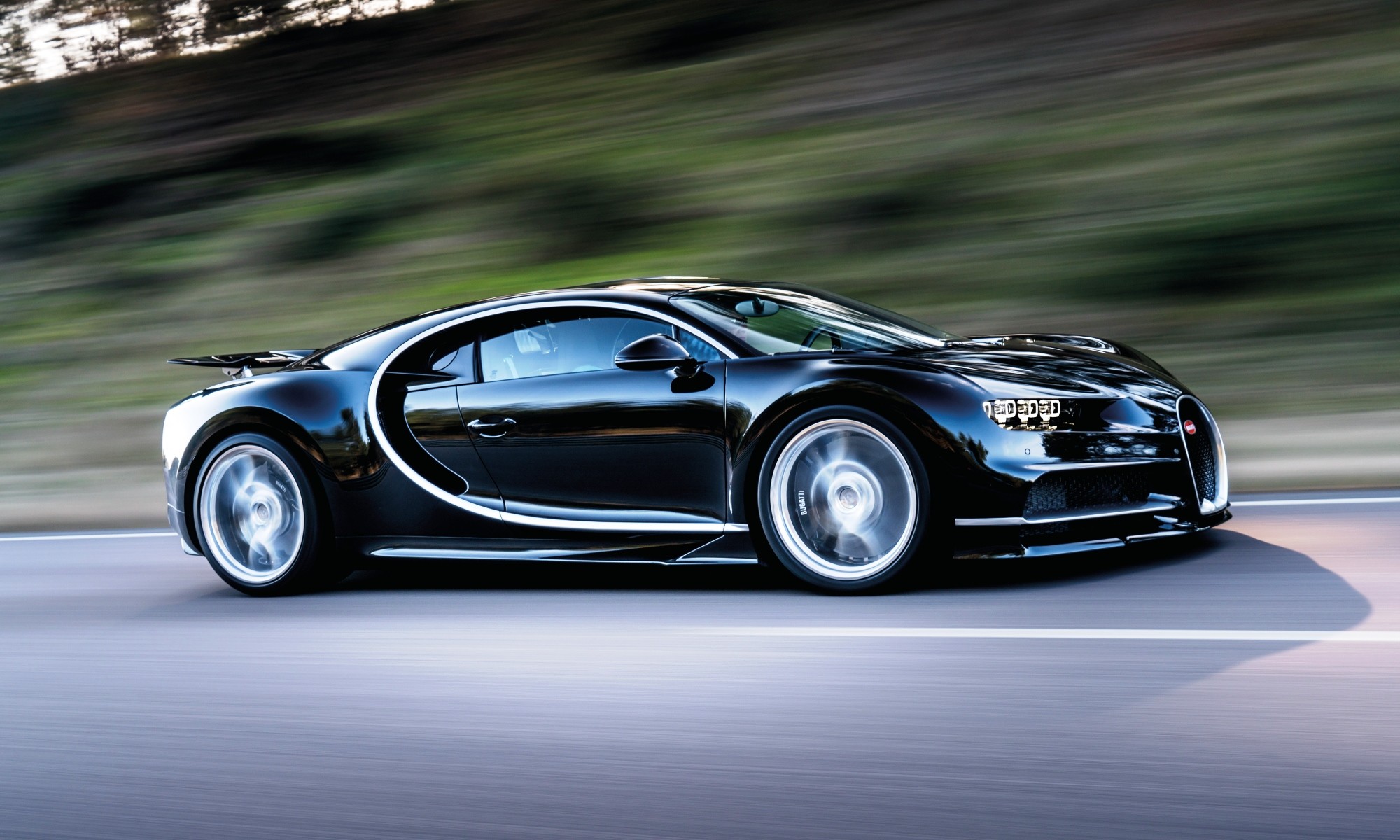
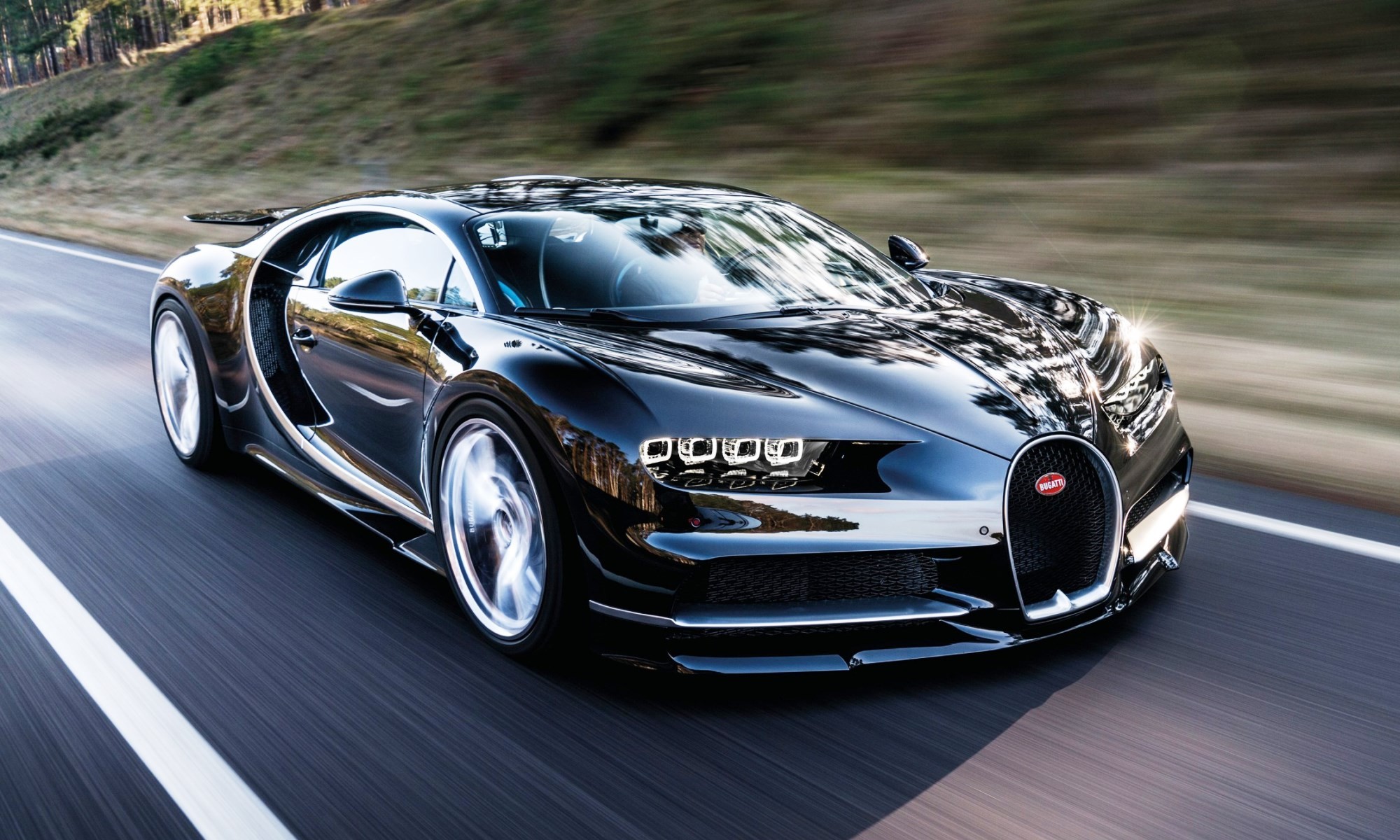
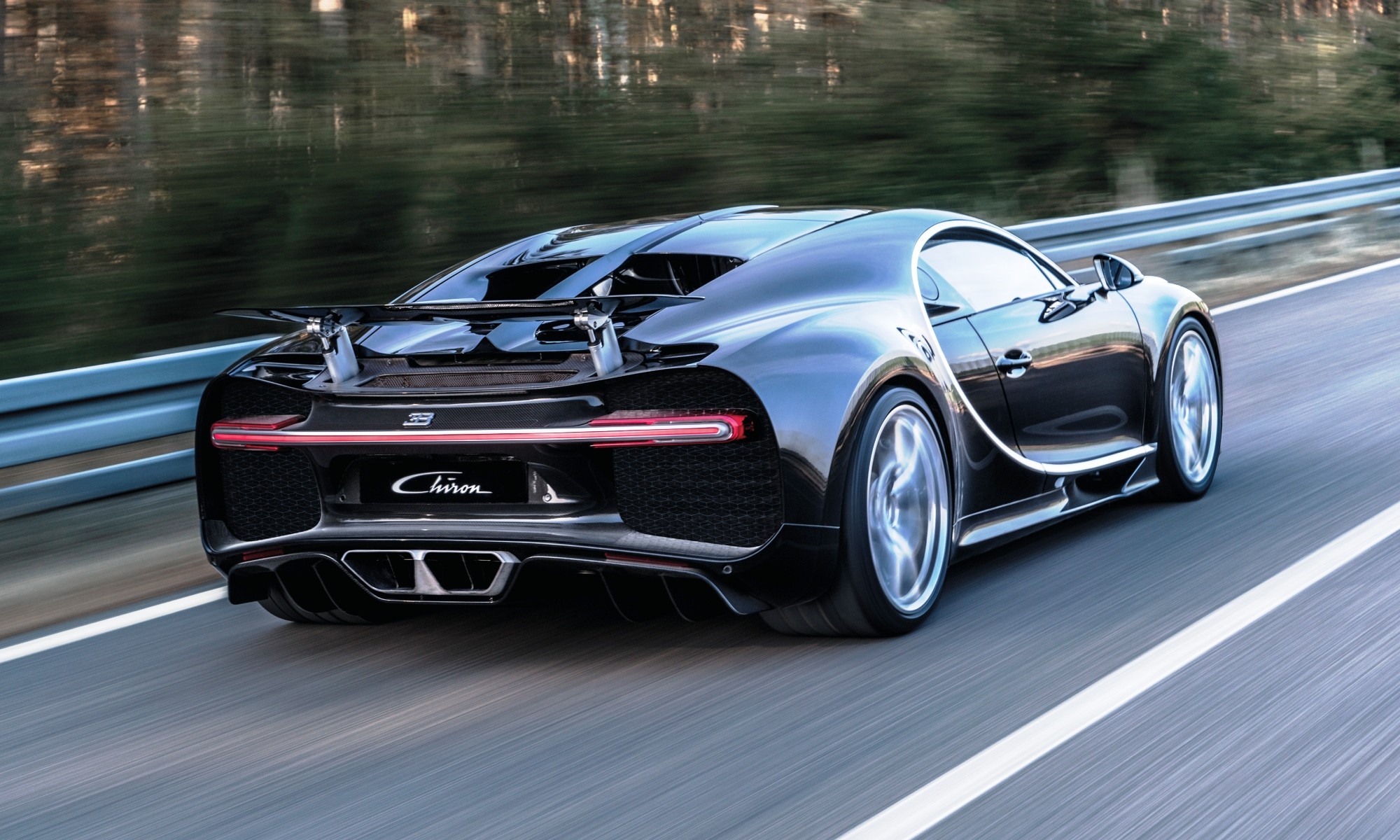

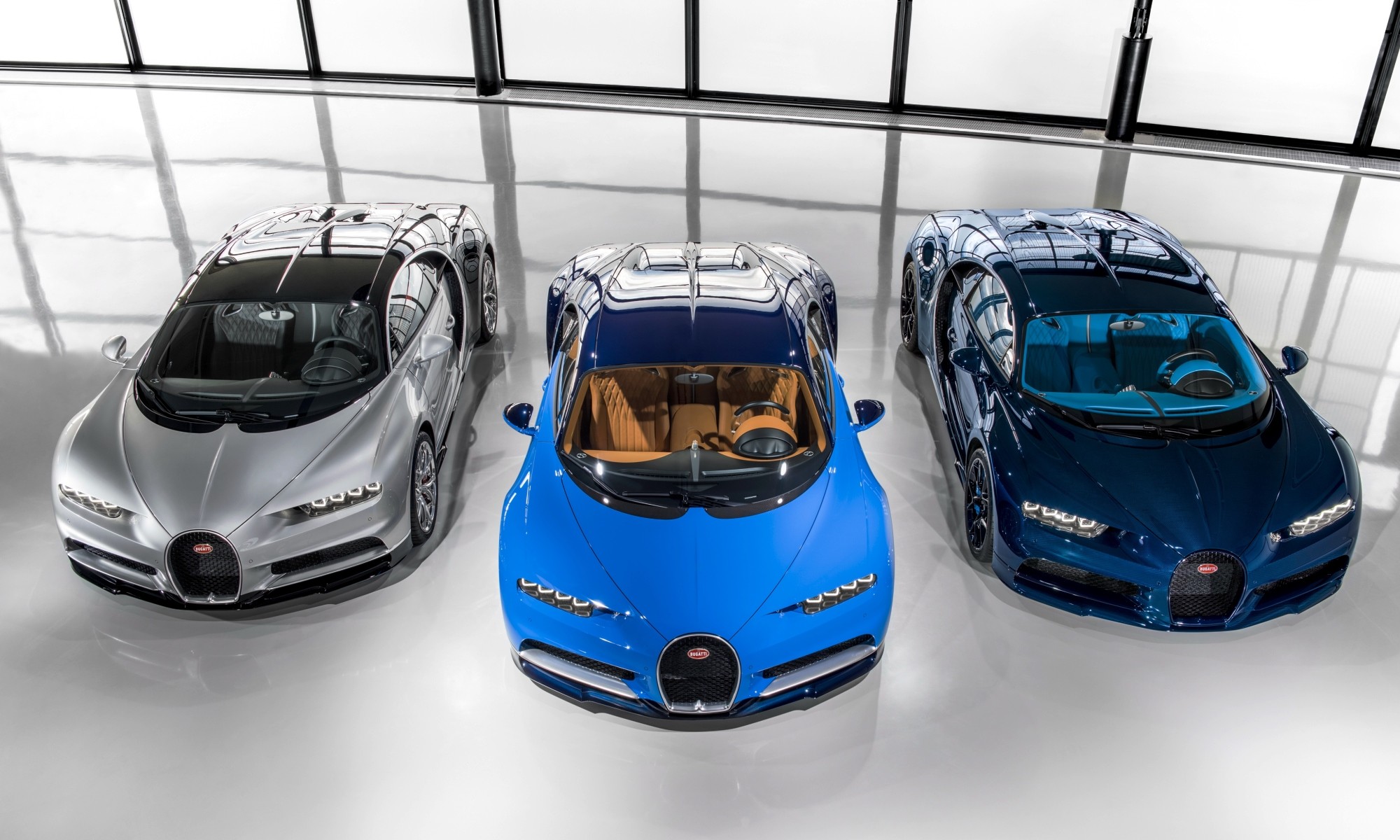


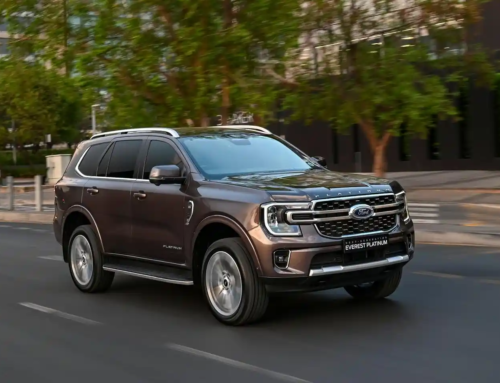

https://www.youtube.com/watch?v=kcmWknKtJkk